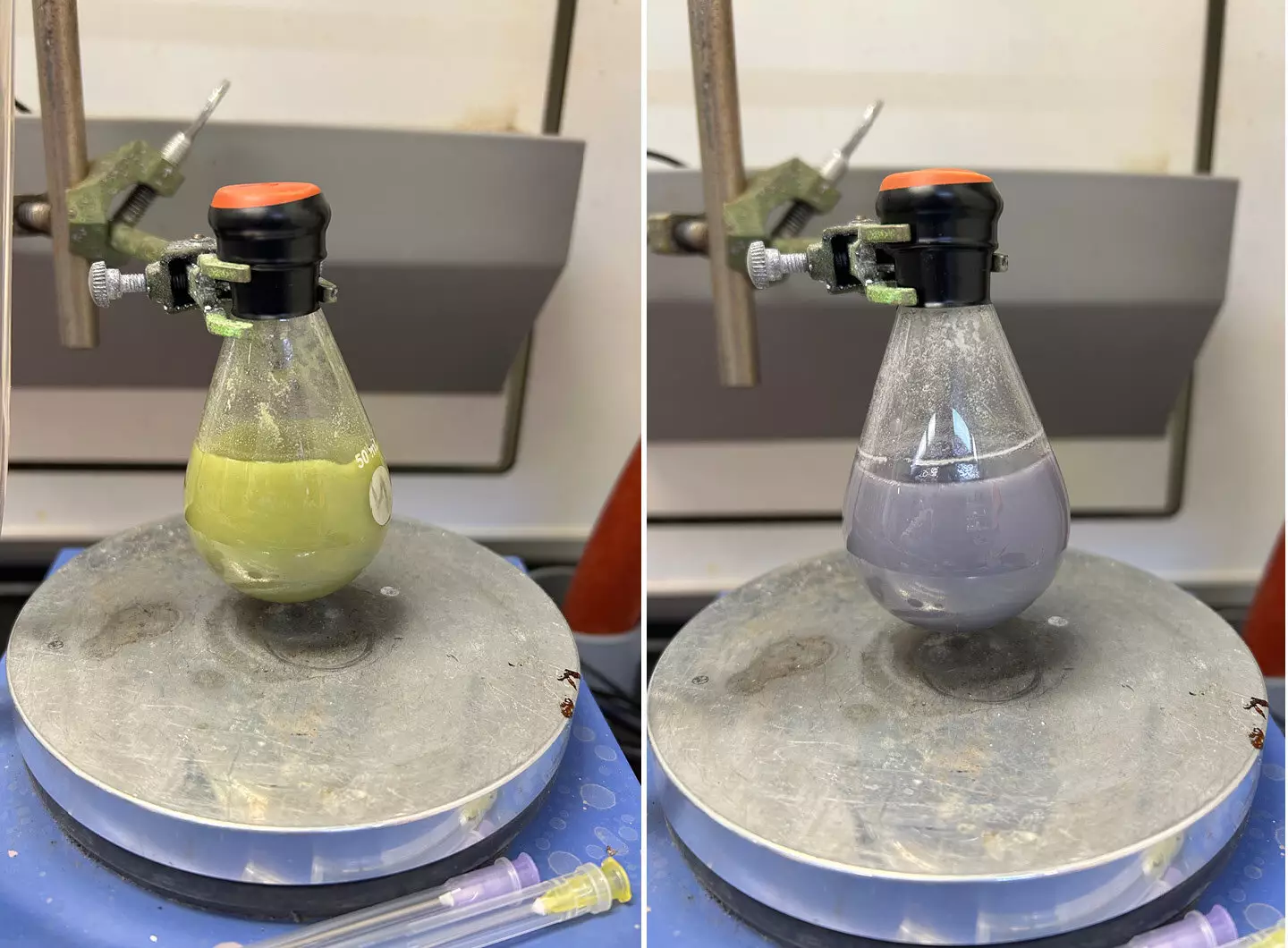The discovery of samarium as a metallic element in 1879 opened the door to a wide range of possibilities in the field of chemistry. Named after the mineral samarskite, this element has proven to be an invaluable tool in synthesizing molecules that can lead to the development of new pharmaceuticals. However, despite its potential, the scalability of samarium reagents, particularly samarium diiodide, has been limited due to its air sensitivity and the formation of a pesky samarium-oxygen bond during reactions.
One of the main challenges in utilizing samarium diiodide in industrial settings has been the need to prepare fresh solutions right before reactions due to its air sensitivity. Additionally, the formation of a strong samarium-oxygen bond during reactions has made it difficult to recycle the reagent for repeated use. This has hindered its practicality for industrial-scale reactions, limiting its application to academic research and small-scale experiments.
The Breakthrough
In a groundbreaking study published in the journal Science, chemists at Caltech have found a solution to the scaling-up challenge of samarium diiodide reagents. The key to their success lies in the ability to recycle the reagent for repeated use in a single reaction, eliminating the need for large amounts of solvents and fresh preparations. By using a mild acid to cleave the samarium-oxygen bond, the researchers have overcome the previous limitations of the reagent, paving the way for its application in industrial processes.
The breakthrough in samarium chemistry opens up new possibilities for the synthesis of pharmaceuticals on industrial scales. Previously limited to academia, the reagent can now be translated into process development and discovery, allowing for the creation of products like taxol, an anticancer agent, on a larger scale. This advancement has the potential to revolutionize the pharmaceutical industry by making the synthesis of complex molecules more efficient and sustainable.
Collaborative Research
The collaboration between the Reisman and Peters labs at Caltech played a crucial role in the success of this study. By combining their expertise in samarium chemistry and nitrogen fixation, the researchers were able to develop a practical solution to the scaling-up challenge of samarium diiodide reagents. The use of a mild acid to cleave the samarium-oxygen bond represents a significant advancement in the field of catalysis, with implications for a wide range of chemical reactions.
The breakthrough in samarium chemistry achieved by the researchers at Caltech represents a significant step forward in the field of catalysis. By overcoming the scalability challenges of samarium diiodide reagents, the study opens up new possibilities for the synthesis of pharmaceuticals and other complex molecules on industrial scales. This revolutionary advance has the potential to not only streamline the process of chemical synthesis but also to make it more sustainable and cost-effective in the long run.


Leave a Reply